Farmer's resolve and dedication reminds people of the great wartime spirit and resilience of the nation, report Wang Qian and Zhang Yu.
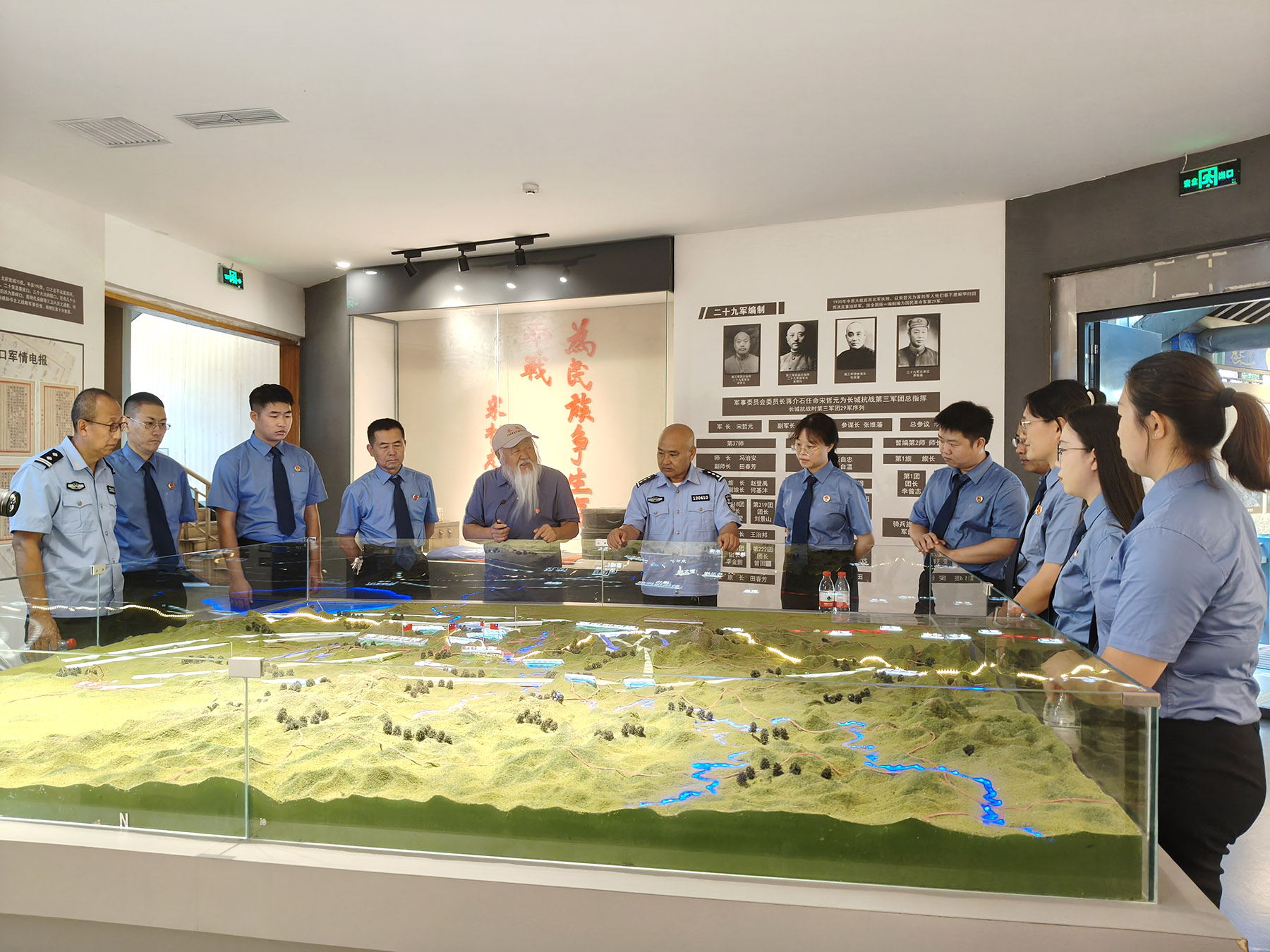
In a poignant twist, the Great Wall of China, the most famous ancient masterpiece of military fortification, witnessed another chapter of raw courage in 1933 — one written not in stone, but in blood, steel and unbreakable will.
As the 80th anniversary of the victory in the Chinese People's War of Resistance Against Japanese Aggression (1931-45) falls this year, this epic wartime event resonates in a valley, reminding people of the nation's strength and perseverance.
By 1933, all of Northeast China had fallen into the hands of Japanese invaders. The puppet regime "Manchukuo" was established to nominally rule the region. Consequently, the Great Wall, which was used in ancient times to defend the central Chinese dynasties against nomads to the north, once again became a front line of confrontation.
READ MORE: Fired clay crafts ode to memory and peace
In January that year, in a surreal clash of ancient and modern weaponry, Chinese troops sought to defend the Great Wall from the combined forces of the Japanese army. As Japan's forces surged toward the Great Wall, the battle for Xifengkou, a strategic gateway 50 kilometers northwest of Qianxi county, Tangshan, in North China's Hebei province, erupted on March 9, 1933.

Outgunned and outnumbered, soldiers of the 29th Corps of the Chinese National Revolutionary Army stood firm. Led by Zhao Dengyu, nearly 500 soldiers launched a midnight raid with broadswords against mechanized invaders. They overcame more than 700 enemy troops but suffered a catastrophic loss of 477 dead. The Japanese newspaper The Asahi Shimbun commented that this was the most humiliating defeat in the 60 years since the army was established.
This victory, a major win against the Japanese army since 1931 when Japan invaded Northeast China, motivated Mai Xin (1914-47) to write an anthem. Inspired by news coverage, Dadao Jinxingqu (March of the Broadswords) was composed in 1937 with the opening line: "Broadswords! Charge at the devils' heads!"
Decades later, the echoes of the battle called to Zhang Guohua, a local Qianxi farmer. As he learned the song growing up, a seed was planted.
"From the song, I knew a place should be built for heroes to be remembered forever. Future generations need a spot to commemorate the heroes and revive that spirit," says the 71-year-old.

For over a decade, driven solely by passion, Zhang scoured the region. He collected relics, including uniform fragments, shell casings, and nearly 100 of the unit's iconic broadswords. One blade belonged to Hou Wanshan, who, at 36, was among the first young martyrs.
"They knew the chances of survival were slim," Zhang says. "But they chose death for their country over life under slavery. This is China's spine, China's spirit."
His passion to honor the heroes bore fruit. Supported by local authorities, a museum was built near the ancient Xifengkou pass, along with a garden with broadsword sculptures, to mark the battle along the Great Wall during the Chinese People's War of Resistance Against Japanese Aggression. Now a national patriotic education base, it houses the 493 relics he has collected over the years.
Liang Yong, a researcher at the Hebei Provincial Institute for Culture and History, says Xifengkou is "a pinnacle of the Great Wall spirit, where Chinese resilience crystallized".
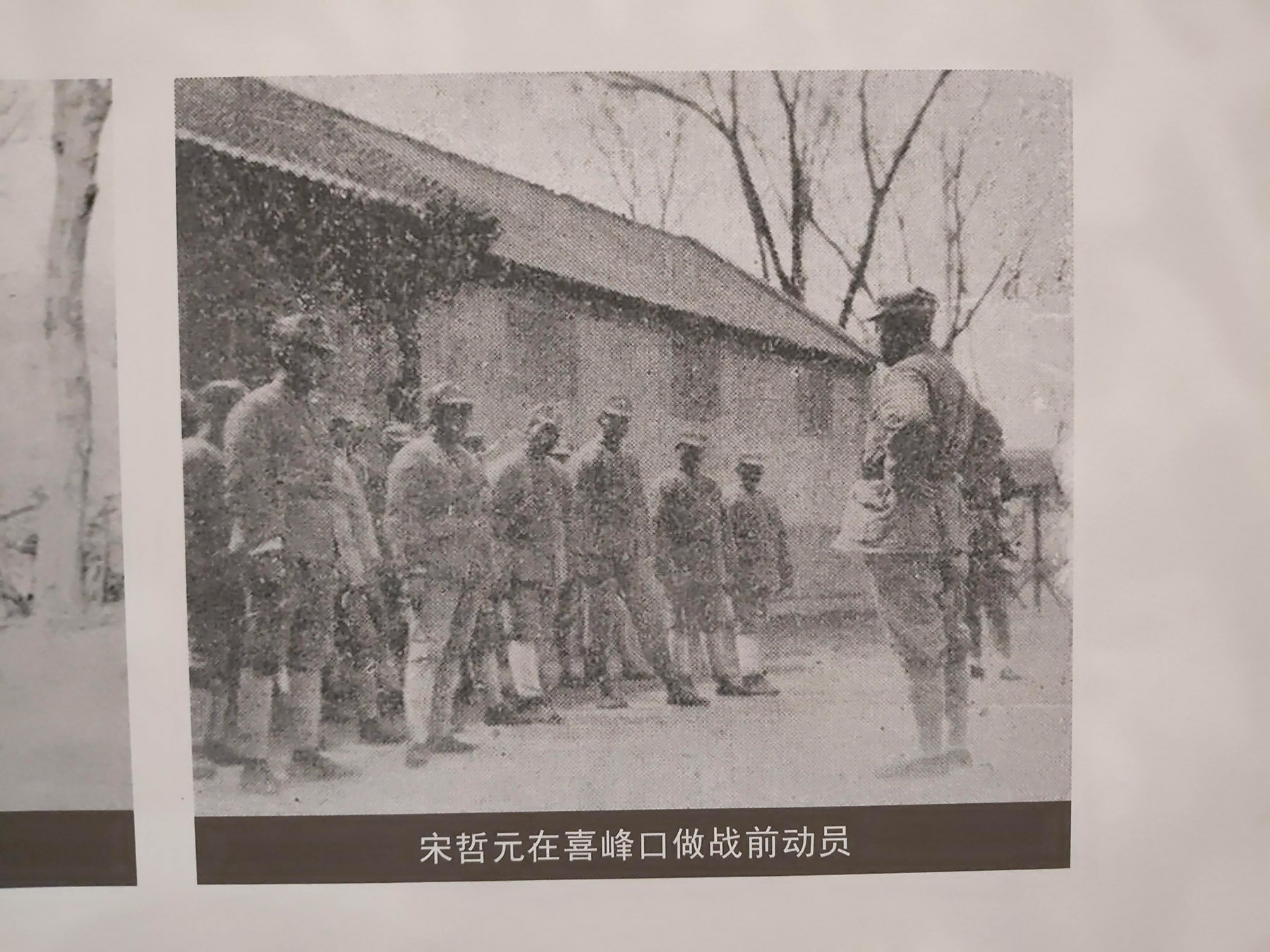
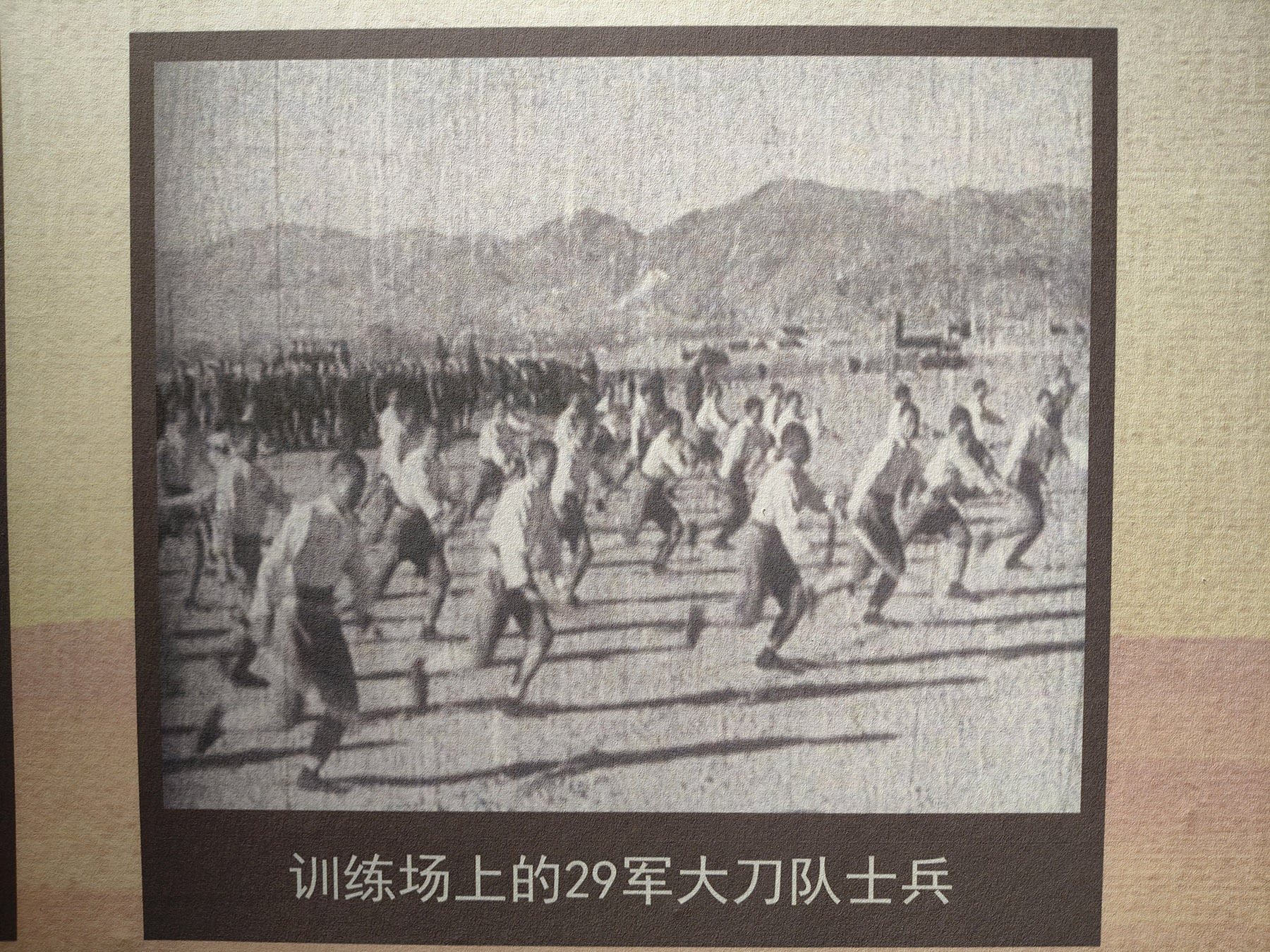
The defense of the Great Wall was a battle waged by the Chinese military and people against the Japanese invaders along the ancient structure. It was an important episode in the early period of the war. After occupying Northeast China, the Japanese military continued its southward push, sending a large number of its Kwantung Army troops to infiltrate areas in North China.
From March to May 1933, the Chinese National Revolutionary Army troops put up stiff resistance against the invading Japanese forces at various Great Wall mountain passes, including Yiyuankou, Lengkou, Xifengkou, and Gubeikou. However, despite their tenacious efforts, Chinese forces failed to withstand the offensive by the better-armed Japanese troops and were forced to retreat from their positions.
Despite its failure to repel the Japanese attacks, the campaign to defend the Great Wall helped to slow down and force a temporary halt to Japan's invasion of North China.
"During the defense at the Great Wall, people across the country donated money and goods, providing strong support to the Chinese army," says Liu Xueqin, a researcher on the history of the Great Wall defense who is now retired.
"The people's selfless support greatly boosted morale among officers and soldiers. They fought bravely and fiercely, dealing heavy blows to the Japanese army and delaying Japan's invasion of North China," Liu adds.
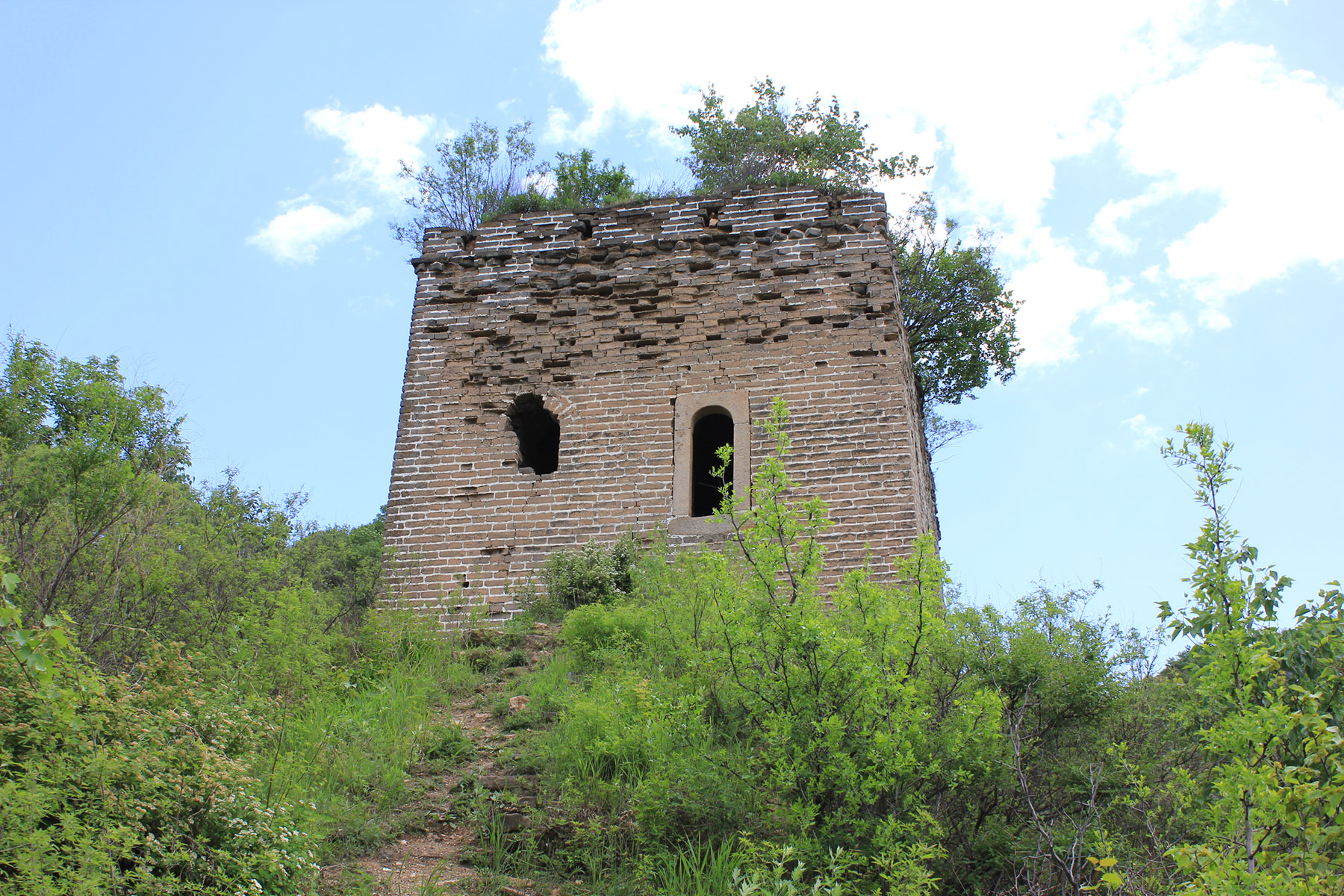
In the 1970s, Xifengkou's landscape transformed as the Panjiakou Reservoir dam flooded 10 km of the Xifengkou pass. This event created today's surreal underwater Great Wall — visible only when the reservoir's water level drops. This project powered the Luanhe River to Tianjin diversion, resolving chronic water shortages in the city.
Liang highlights the importance of protecting the Xifengkou pass, which embodies two monumental narratives — national resistance and selfless sacrifice for collective prosperity.
The jagged peaks of the Yanshan Mountains cradle Xifengkou pass, where the Great Wall plunges into the turquoise waters of the Panjiakou Reservoir. This convergence of natural grandeur and human bravery epitomizes the site's dual identity: a battleground that forged China's spirit of the broadswords in 1933, and a symbol of regional solidarity through the Luanhe River diversion project that submerged its ramparts decades later.
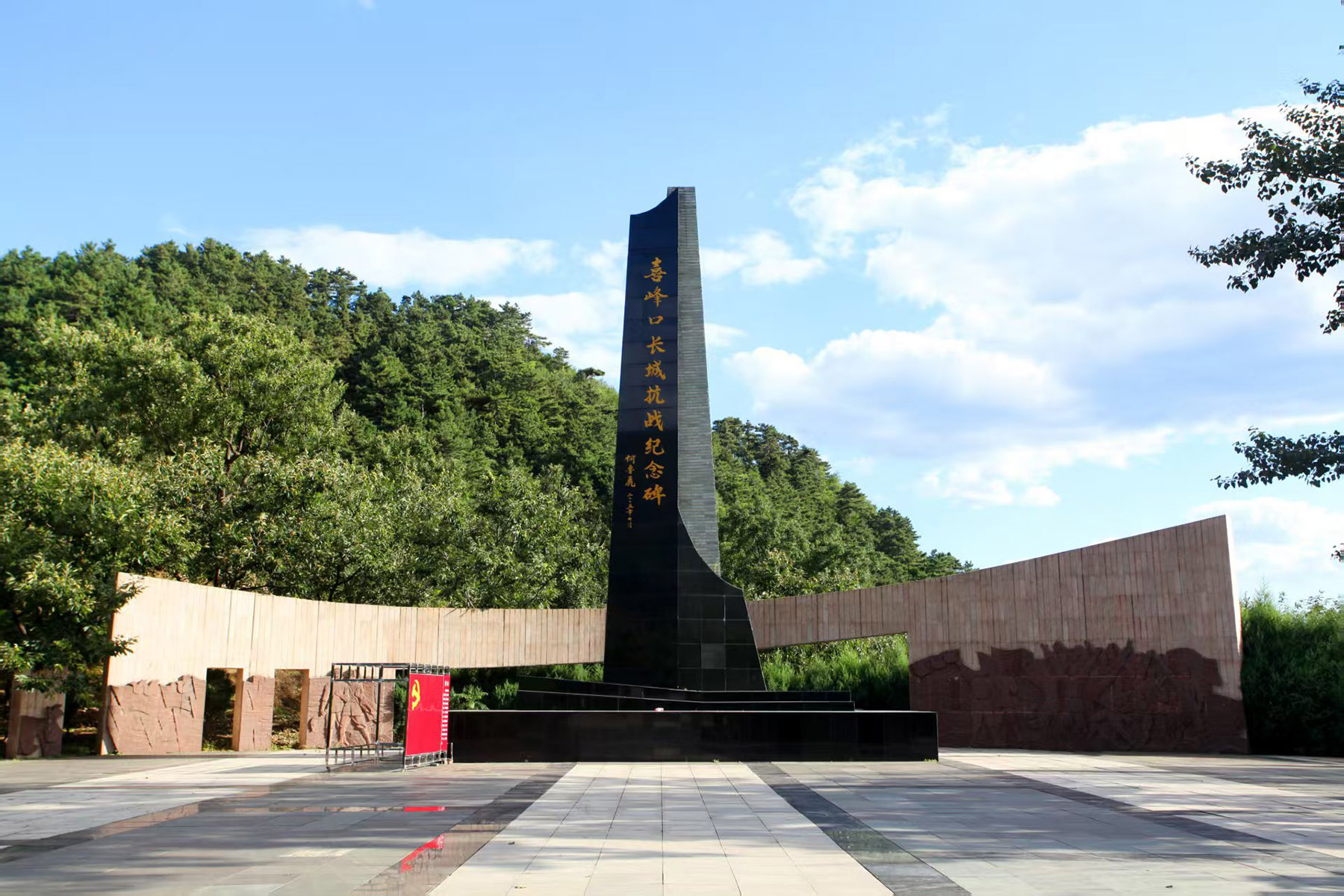
For 20-year-old Li Shuoyi, a student at Cangzhou Technical College in Cangzhou, Hebei province, visiting Xifengkou brought her a different feeling than what she had imagined.
"Perhaps because there were fewer people, unlike the more crowded, famous sections of the Great Wall, it gave me a relaxed feeling," Li says.
Liang echoes that challenges remain in raising awareness and getting people to visit Xifengkou. To better tell the stories behind it, he suggests promoting immersive experiences and merging its history with tourism elements.
ALSO READ: Huitong Bridge spirit still inspires
Today, Zhang's mission continues. With nearly 200 million yuan ($27.87 million) invested to build it as part of the national Great Wall cultural park, Xifengkou's preservation is secure. A new exhibition hall is nearing completion, according to Zhang.
He still has a dream — a wall to commemorate the deceased heroes. Brick by brick, Zhang intends to build it and painstakingly carve the names of all 500 warriors, ensuring their sacrifice, like the pass they defended, endures against the tides of time.
Contact the writers at wangqian@chinadaily.com.cn


